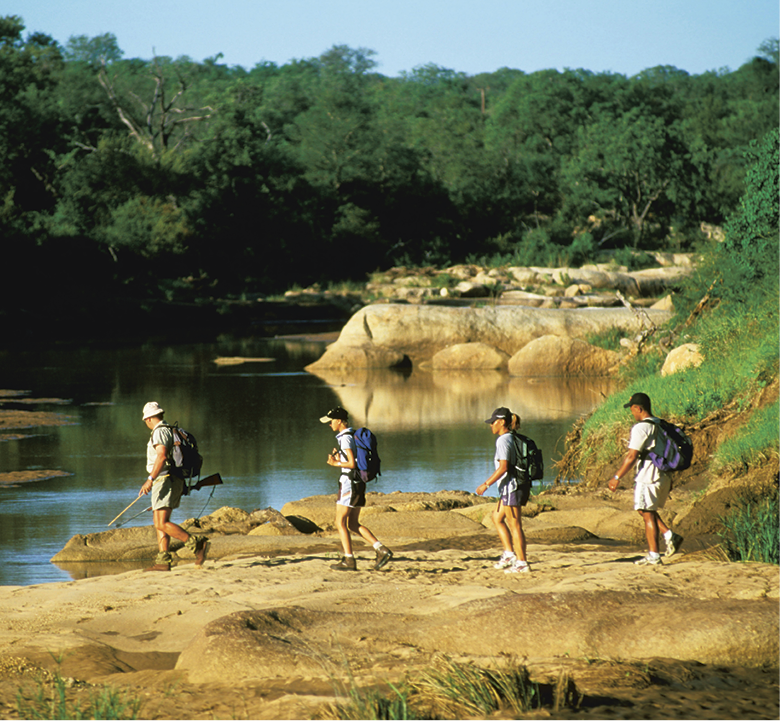Mpumalanga, “the land of the rising sun” to its siSwati- and Zulu-speaking residents, extends east from Gauteng to Mozambique and Swaziland. The province is synonymous with the Kruger National Park, the real draw of South Africa’s east flank, and one of Africa’s best game parks. Kruger occupies most of Mpumalanga and Limpopo’s borders with Mozambique, and covers over 20,000 square kilometres – an area the size of Israel or El Salvador. Unashamedly populist, Kruger is the easiest African game park to drive around on your own, with many well-run restcamps for accommodation. On its western border lie a number of private reserves and game farms, called the Greater Kruger, offering the chance – at a price – to escape the Kruger crush, with well-informed rangers conducting safaris in open vehicles.
Apart from the irresistible magnet of big-game country, Mpumalanga also has some spectacular scenery in the mountainous area known as the Escarpment, usually passed through en route to Kruger. The most famous viewpoints – God’s Window, Bourke’s Luck Potholes and Three Rondavels – are along the lip of the Escarpment, the best of which is the Potholes. Descending the Escarpment on one of four mountain passes takes you into the tropical-fruit-growing and bushveld country of the lowveld, with impressive views back towards the towering massif of the Escarpment. Nearest to the Blydepoort Dam, at the base of the Escarpment, is the service centre of Hoedspruit (actually in Limpopo Province, but covered here because of its proximity to Kruger) with its own airport, a jumping-off point for safaris in the central and northern section of the park, as well as a number of private game reserves. Note that malaria is a potential hazard in the lowveld and Kruger, particularly in summer.
There is great pressure on the land that lies between the mountains and Kruger: you’ll see stretches of commercial tropical fruit farms, and very populous areas that were allocated for Sotho, Shangaan and Tsonga speakers during apartheid, where thousands of very poor people live harsh rural lives. Between here and the park itself lies a thick buffer of private game farms and wildlife reserves. Many of these reserves have taken down the fences that separate them from Kruger and animals roam freely between the park and the reserves; it is here, in Greater Kruger, that you will find a plethora of safari lodges and camps, both the ultra-luxurious and the more reasonably priced.


Walking Safari In Kruger National Park
Highlights
1 Horseriding Head off on horseback to spot wild horses near Nelspruit, or on a big game safari in the Karongwe.
2 Driving the R40 This road, which takes you along Kruger’s western flank, is the best way to experience how rural Shangaan and Tsonga people really live.
3 Aerial cable trail Glide in a harness through the air, over treetops and the river, on a 1.2km trail near Hazyview.
4 Brushing an elephant Enjoy a close encounter grooming an elephant at the Hazyview Elephant Sanctuary.
5 African meals at the Shangana Cultural Village Sample crocodile and unusual vegetables, cooked over open fires, and watch stirring traditional dances.
6 Walking safaris in Kruger It’s worth leaving behind the security of your vehicle for the thrill of potential close encounters with animals.
7 Leopard-spotting The luxury camps in the Sabi Sands Game Reserve offer excellent opportunities to observe leopards.